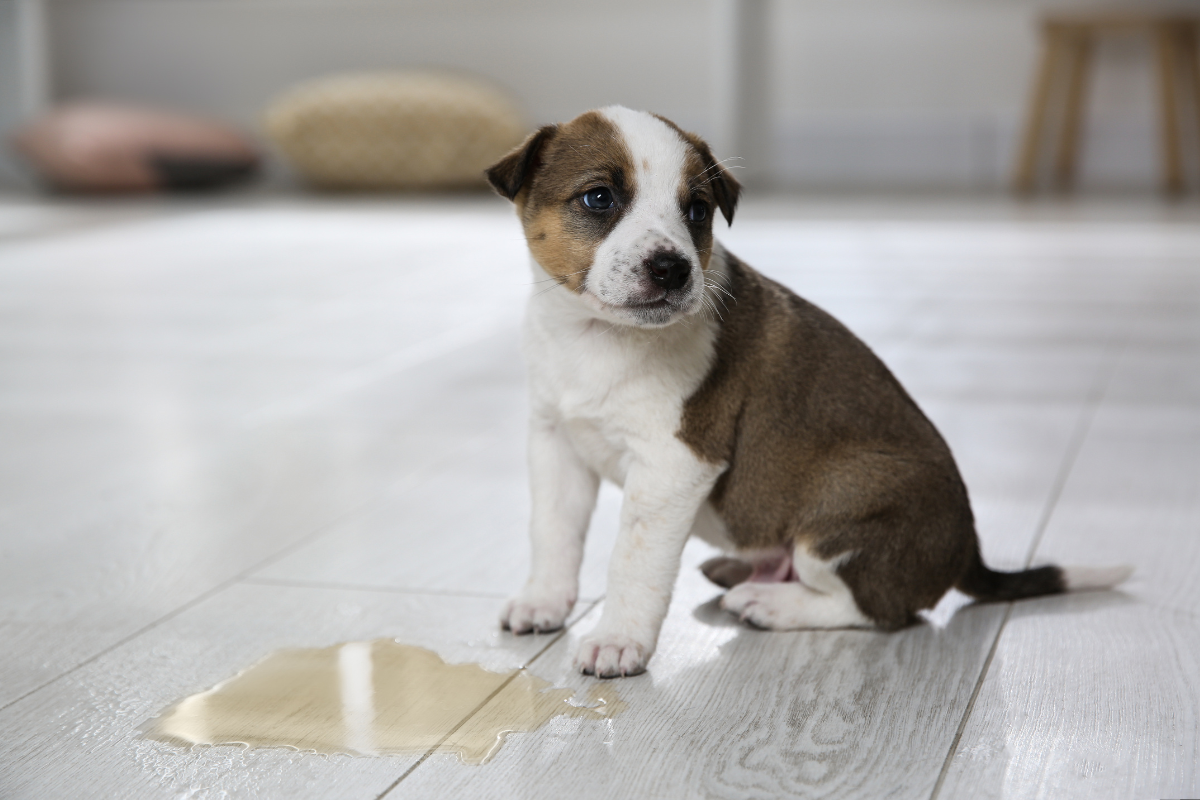Potty training is one of the most important aspects of bringing a new puppy into your home. A well-trained puppy not only keeps your home clean but also strengthens the bond between you and your new best friend. Here are some effective tips to make the potty training process smooth and successful.
Establish a Routine
-
Consistent Schedule:
- Take your puppy outside frequently, especially after meals, playtime, and naps. A consistent schedule helps them learn when and where they should relieve themselves.
-
Designated Spot:
- Choose a specific spot in your yard for your puppy to use as their bathroom. The familiar scent will help them recognize it as their designated area.
-
Regular Feeding Times:
- Feed your puppy at the same times each day. This will help regulate their digestive system and make potty times more predictable.
Positive Reinforcement
-
Praise and Rewards:
- Immediately reward your puppy with praise and a small treat after they eliminate in the right spot. Positive reinforcement encourages them to repeat the behavior.
-
Avoid Punishment:
- Never punish your puppy for accidents. Negative reactions can create fear and anxiety, making the training process more difficult.
Supervision and Confinement
-
Close Supervision:
- Keep a close eye on your puppy when they are indoors. Look for signs that they need to go out, such as sniffing, circling, or whining.
-
Crate Training:
- Use a crate to confine your puppy when you can't supervise them directly. Puppies naturally avoid soiling their sleeping area, so a properly sized crate can be an effective training tool.
-
Safe Space:
- When not using a crate, confine your puppy to a small, puppy-proofed area with easy-to-clean floors.
Recognize Signs and Signals
-
Learn the Signs:
- Recognize common signs that your puppy needs to go out, such as restlessness, sniffing the ground, or heading towards the door.
-
Training Cue:
- Use a consistent cue word or phrase, like "go potty," when you take your puppy outside. This helps them associate the command with the action.
Dealing with Accidents
-
Stay Calm:
- If you catch your puppy in the act of having an accident indoors, interrupt them with a firm but gentle "no" and immediately take them outside to finish.
-
Thorough Cleanup:
- Clean up accidents thoroughly with an enzymatic cleaner to remove all traces of scent. This prevents your puppy from returning to the same spot.
Patience and Consistency
-
Be Patient:
- Understand that potty training takes time. Puppies have small bladders and may need several months to be fully trained.
-
Consistent Training:
- Consistency is key. Stick to your routine and reinforce good behavior with rewards and praise.
-
Track Progress:
- Keep a journal of your puppy’s potty schedule and progress. This can help you identify patterns and make necessary adjustments to your routine.
Socialization and Additional Tips
-
Socialize Your Puppy:
- While focusing on potty training, also ensure your puppy is well-socialized. Exposure to different environments, people, and other dogs helps them become well-rounded adults.
-
Consult a Vet:
- Regular vet check-ups ensure your puppy is healthy and can help address any medical issues that might affect potty training.
By following these tips and remaining patient and consistent, you’ll be well on your way to successfully potty training your new puppy. Remember, every puppy is unique, and with your dedication, they will learn and adapt in no time.

